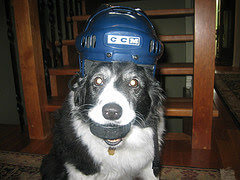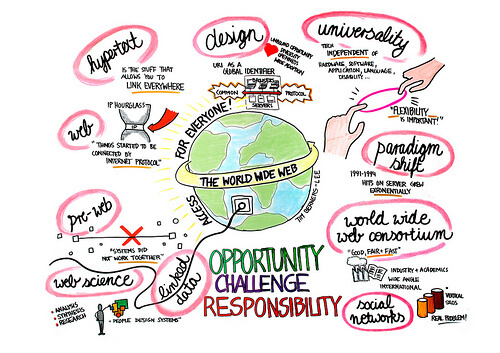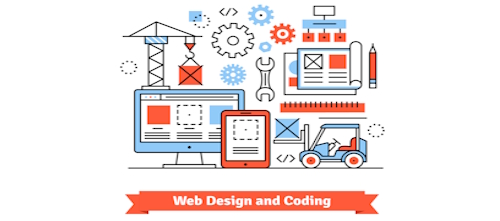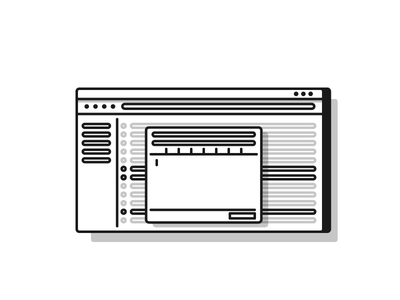No one wants to get hit with a manual Google penalty. It essentially means being–at least temporarily–removed from the search engine’s query results page. But in the worst case scenario, it means being removed from Big G’s index, and that spells d-e-a-t-h to practically any website.
So, what’s the difference, you might ask. Well, Google has what its engineers call a “timeout”. Like a child who breaks the rules, the punishment for a Google penalty is a site being put aside for a period of time. In other words, it’s a temporary suspension from the SERP or search engine results page.
However, being penalized severely means disinclusion from the search engine’s index. That means being totally removed and probably never to return. These cases are in the extreme minority, but they do happen and that’s what the Panda, Penguin, and EMD or Exact Match Domain updates were and are about.
What is a Google Penalty?
There are two types of penalties the search engine imposes: algorithmic and manual. If you were to use a Google penalty checker after your site got hit, it should tell you the source of the problem. And that would lead you to the conclusion as to whether it was an algorithmic penalty or a manual one.

The difference is, of course, whether the penalization was automatically triggered or put in place by a human being. For instance, the search engine automatically detects copied text. That would lead to a machine-driven Google duplicate content penalty or algorithmic. A manual action is taken when a person places a restriction on a site. The nearby blockquote describes the difference from an insider’s view.
If you change your site, then after we [at Google]have recrawled and re-indexed the page, and some period after that when we’ve reprocessed that in our algorithms, for the most part, your site ought to pop back up. —Matt Cutts, Google’s Chief Webspam Engineer
Cutts goes on to describe manual penalties and how they are dealt with. He says that even if the search engine determines a site should be manually penalized, it usually only lasts for a temporary period of time and is not permanent–unless of course, what you’ve done is so egregious, than the penalty will not be lifted.
What’s more, Cutts states that if your site is affected adversely by an automatic algorithm penalty, a reconsideration request won’t lift that penalty. He says the only way to resolve that situation is to right your site to be in-line with Google’s webmaster guidelines.

Google Penalty Recovery
The first thing you have to do is determine which type of penalty is being applied to your site. If it’s a manual one, then your Google penalty recovery time will be short. But if it’s the result of violating the search engine’s webmaster guidelines and therefore automatic, the road to recovery will be a lengthy one.
Here’s some pointers for lifting a manual Google penalty and a bit of direction for how to make the process a little more easy:
- Determine what caused the manual action. You can use a Google penalty checker tool, which should help to hone in on the problem. Usually, it’s something that the autonomic signals haven’t really picked-up on. That isn’t to say it’s a vendetta against you personally or your business, but it is to say you’ve done something that wasn’t an exercise in good judgment.
- Evaluate your site from top to bottom. The biggest problem many who have been manually penalized is there’s more than one trespass. If you’ve bought links, the autonomic software isn’t necessarily going to detect it. Though it’s very likely, it’s not unheard of happening. Go to Google Webmaster Tools to start and locate the source of the problem.
- Disavow, remove, and clean-up. This is where the search engine’s disavow tool will come in handy. But if it isn’t an inbound linking problem, it could be duplicate content or hidden text, or even keyword stuffing. Although the software usually picks these things up, it could slip by–clean it up immediately.
- Request a re-submission. You’ll have to submit a reconsideration request directly to Google. It will take a bit of time to receive a response and the penalty lift won’t happen right away. The reason is that the search engine still has to wait for its software to catch-up with the latest change.
If your site has been penalized by Google and you need to resolve the issue, then contact us. We can help to determine what’s causing your site to be adversely affected by the search engine and get the matter righted.

